Behavioral Method In Body Therapies
Behavioral methods in body therapies have traditionally been employed as a form of healing modality in many parts of the world. It is a practice that involves the use of various therapeutic strategies designed to elicit psychological, physical and emotional responses to aid in healing. These strategies can include, but are not limited to, psycho-physical breathing and meditation techniques, psychotherapy, hypnosis, acupuncture, massage, therapeutic yoga, and traditional Chinese medicine among others. The primary goal of these techniques is to help individuals to restore health by blending physical, emotional and mental healing. The goal of these behavioral methods is to develop an environment of relaxation and mindfulness, thereby calming the body and allowing for a natural healing process. This is in contrast to the often aggressive and coercive methods employed in conventional medicine. It is believed that this gentle, non-intrusive approach to health care puts the patient in control of their own well-being and seeks to help them achieve a sense of balance and harmony. By incorporating relaxation and mindfulness, these techniques can help individuals to reduce stress levels, reduce physical pain and discomfort, and cultivate self-awareness. Traditional Chinese medicine, for example, relies heavily on behavioral methods to help treat both mental and physical ailments. Though more commonly used in East Asia, this holistic system of medicine has gained popularity in recent years and can be broken down into five elements – Qi, Yang, Yin, Xue and Jing. These five elements are used to diagnose and treat illnesses. Some of the common behavioral methods include acupuncture, tai chi, qigong, herbal remedies and dietary therapy. Acupuncture, for instance, utilizes the insertion of tiny needles into certain points on the body in an effort to activate the body’s natural healing abilities. This can lead to the release of endorphins, which can help to reduce pain and inflammation. Overall, behavioral methods in body-therapies can be a powerful tool for restoring health and balance. By integrating relaxation and mindfulness, these therapies can help to reduce stress levels, reduce physical pain and discomfort, and foster self-awareness. Additionally, these techniques allow for an individual to have more control and autonomy over their own health. Consequently, it can be an effective healing modality for many people.
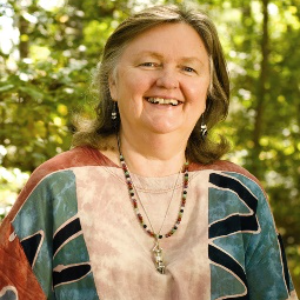
Mary Jo Bulbrook
Akamai University, United States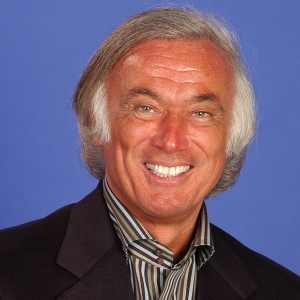
Kenneth R Pelletier
University of California School of Medicine, United States
Gene Bruno
Nutraland, United States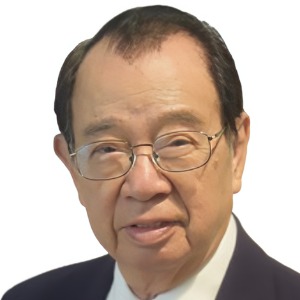
Kevin KF Ng
MD Natural Care LLC, United States
Julieta Andico Songco
JAS Consulting Services, United States
Debrah Nadler
Alzheimer’s Support, LLC, United States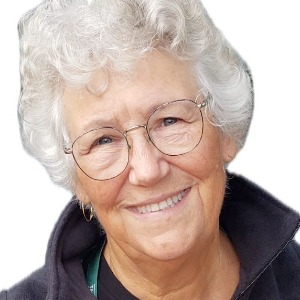
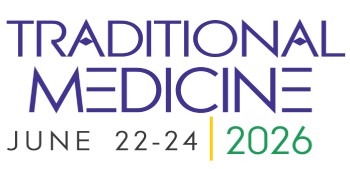
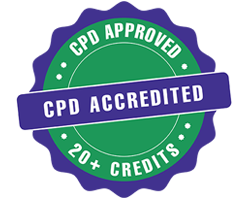


Title : The importance of integrating TCM with conventional medicine in the diagnosis and treatment of physical and mental exhaustion due to excess or lack of professional activity
Angela Sanda Tudor, Society of TCM from Romania, Romania
Title : Change your genes - Change your life: Sorting the hope from hype of human longevity
Kenneth R Pelletier, University of California School of Medicine, United States
Title :
Laure Le Corroller, Dr.& Master Sha Tao Academy, Canada
Title : Examining the factors that decrease and increase the effect of acupuncture
Yucel, Elonysia LLC, Turkey
Title : Pure consciousness and lifestyle practices in ayurveda — Positive epigenetic transformations
Girish Momaya, Maharishi European Research University, Netherlands
Title : Akkermansia muciniphila 001 (AKK001™) postbiotic for body morphology and metabolic indicators in an overweight population: A randomized, controlled trial
Gene Bruno, Nutraland, United States